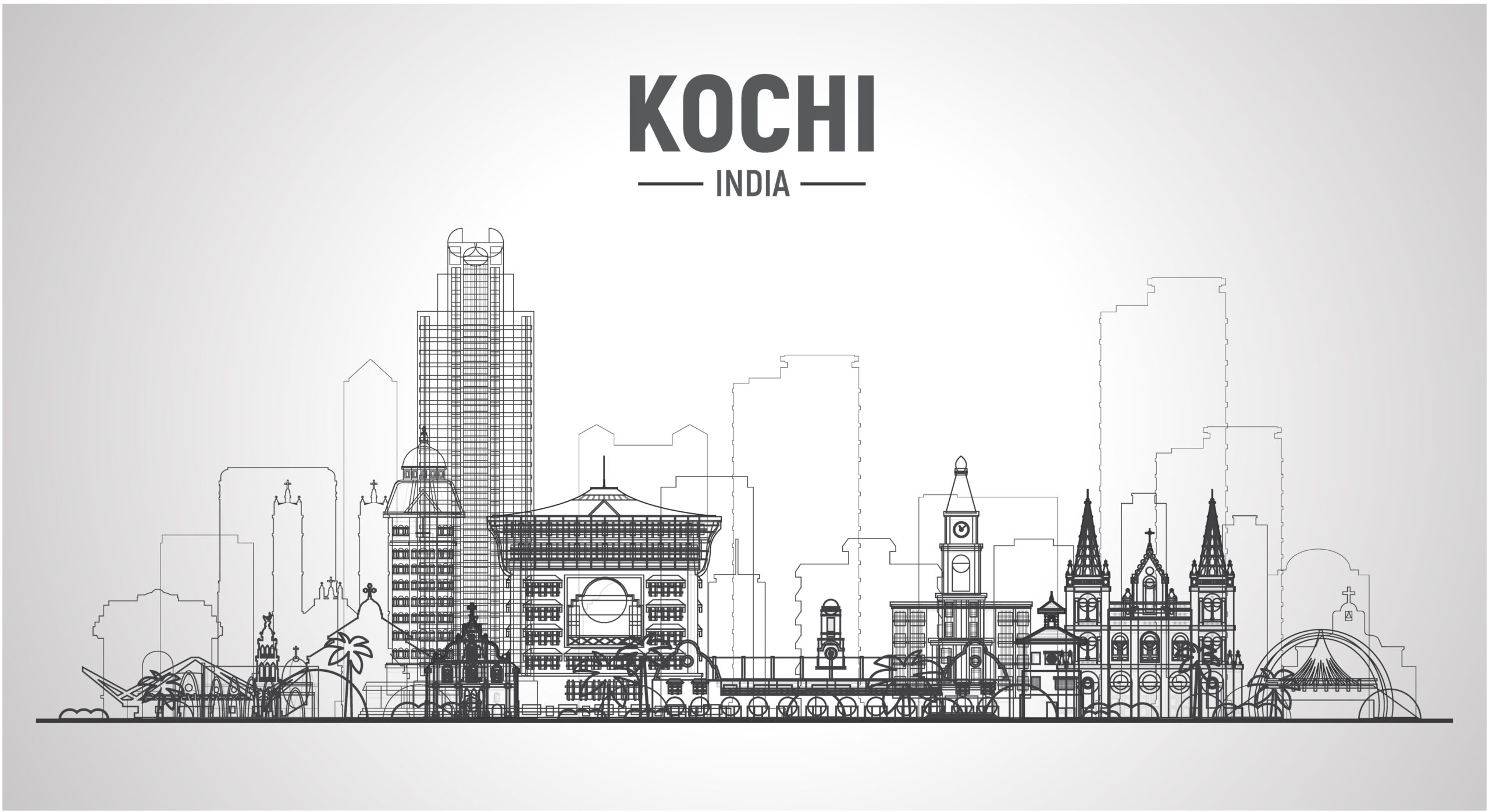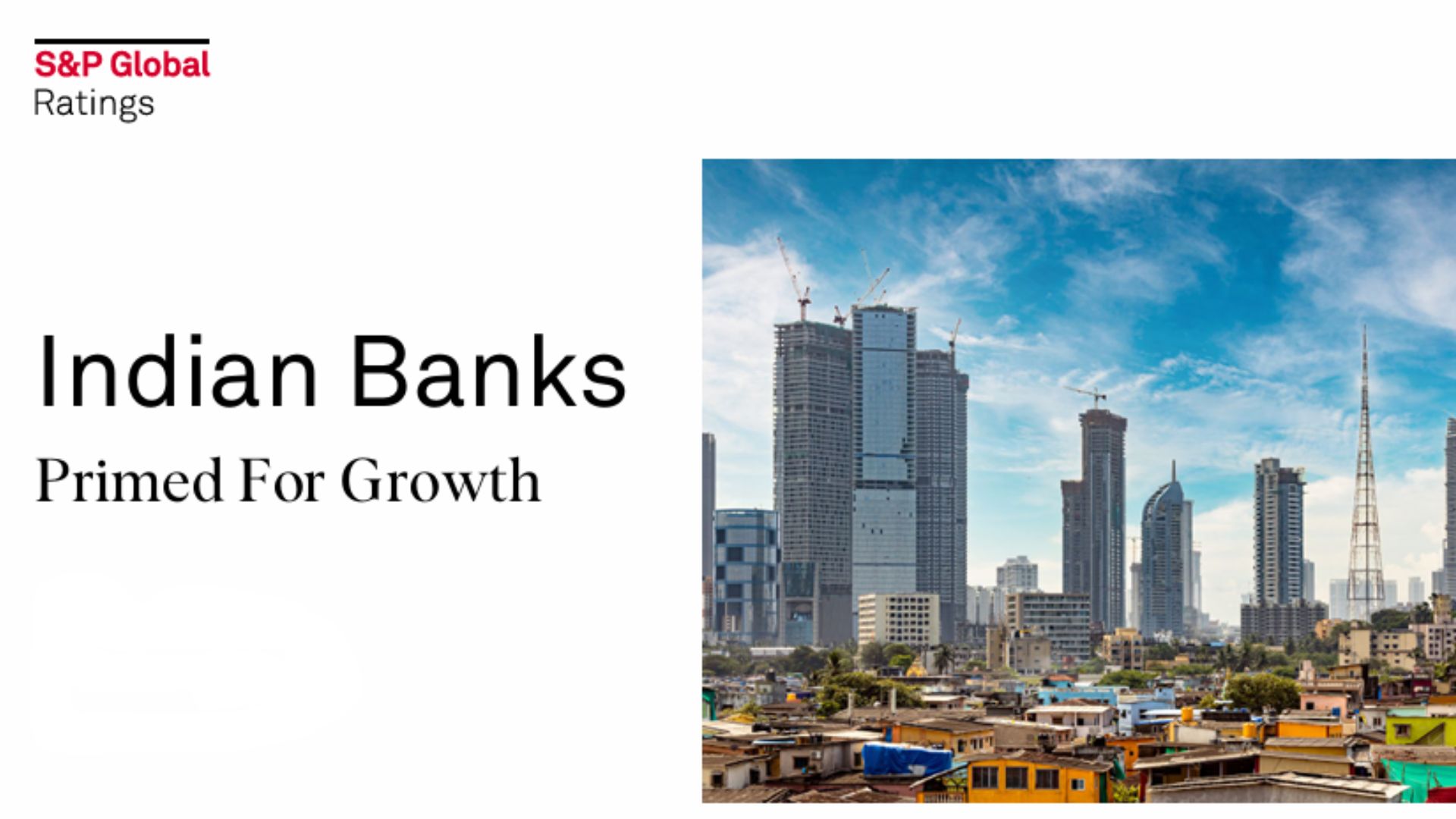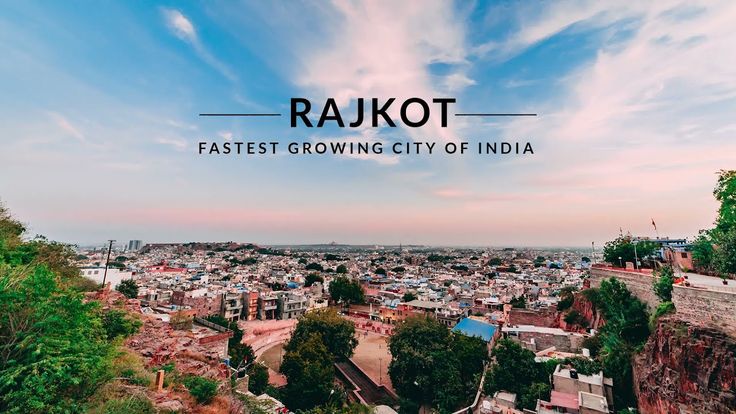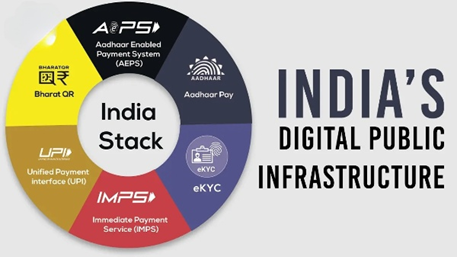Sambhaji Nagar: Maharashtra’s Rising SME Powerhouse, Deep Insights

Sambhaji Nagar, previously known as Aurangabad and renowned for its historical monuments and industrial legacy, is fast emerging as one of India’s most promising SME / MSME hubs. Supported by pro-industry policies, improving infrastructure, a growing startup ecosystem and access to skilled labour, it stands out among Tier-2 cities for both promise and progress. Below is a detailed analysis of what makes Sambhaji Nagar special, what’s working, what holds it back, and where it could go from here.
A City with Strategic Vision & Policy Backbone
- Maharashtra MSME Development Policy, 2023: The policy provides incentives for SME growth, focusing on sectoral clusters, industrial estates, technology adoption and export facilitation.
- Maharashtra Industrial Policy 2022: Offers support for industrial park development, plug-and-play facilities, and faster approvals. Encourages private players to invest in modern industrial infrastructure.
- Cluster & Park Development: Sambhaji Nagar is home to sector-specific clusters like automotive components, textiles, pharmaceuticals and food processing. These clusters aim to provide infrastructure, regulatory support and connections to national and global markets.
Sectoral Landscape
- Automotive Components & Engineering
-Sambhaji Nagar has a rich history as an auto and auto-component manufacturing hub. SMEs are producing parts for two-wheelers, passenger vehicles and industrial machinery.
-Opportunities exist in upgrading tooling, precision engineering and adopting Industry 4.0 processes to meet global quality standards. - Textiles & Apparel
-The region’s historical link with cotton and textile production supports a vibrant SME ecosystem. SMEs are focusing on apparels, technical textiles and value-added fabrics.
-Digital marketing, e-commerce and sustainable production practices are emerging as differentiators. - Food Processing & Agro-Based SMEs
-Proximity to agricultural belts allows SMEs to focus on processed foods, dairy, and beverage products. Cold storage, packaging and value-added exports are key growth areas.
-State initiatives and private investment in food parks provide shared infrastructure for quality control, processing and logistics. - Pharma & Chemical SMEs
-Sambhaji Nagar hosts several small pharma and chemical manufacturing units, including intermediates and generic drugs.
-These SMEs need access to better lab facilities, regulatory compliance support and innovation partnerships. - Renewables & Green Manufacturing
Maharashtra promotes solar, wind and clean manufacturing projects. SMEs in the region are exploring renewable energy solutions, green chemicals and sustainable production practices.
Infrastructure & Logistics Enablers
- Industrial Parks & Clusters: Sectoral clusters for automotive, pharma, textiles, and food processing provide shared utilities, ready-to-use sheds and plug-and-play infrastructure.
- Transport Connectivity: Sambhaji Nagar is connected via the Aurangabad Airport (domestic and cargo), highways like NH-52 and NH-61 and railways. The upcoming metro corridor and logistics hubs will improve connectivity further.
- Urban & Smart City Growth: Urban development projects, industrial townships, and smart city initiatives create integrated hubs for SMEs and startups.
- Skill & Innovation Infrastructure: Institutes like MIT, Dr. Babasaheb Ambedkar Technological University, ITIs and incubation centres provide talent pipelines for SMEs and startups.
Human Capital, Skills & Innovation
- Technical & Vocational Training: The city has multiple ITIs, polytechnics and engineering colleges producing skilled workforce for manufacturing, engineering and digital industries.
- Startups & Incubation: A growing startup ecosystem, supported by co-working spaces, labs and funding access, encourages entrepreneurship.
- Technology Adoption: SMEs are adopting AI, automation and modern production processes, supported by government schemes and industry associations.
Challenges to Watch
- Land & Utility Bottlenecks: Industrial plots in ready estates are limited and small units often face high utility costs.
- Access to Finance: Smaller SMEs struggle with formal credit due to collateral requirements and risk perception.
- Regulatory & Compliance Costs: Environmental and quality certifications remain expensive for micro units.
- Technology Gaps: Many SMEs operate with legacy machinery and limited digital integration.
- Market Access & Export Linkages: Connecting to international buyers and meeting compliance standards is challenging.
- Skill Gaps in Higher Levels: Advanced R&D, design, quality assurance and supply chain expertise are limited.
Where Sambhaji Nagar Could Lead
- Cluster-based Upgradation & CFCs: Strengthening common facilities for testing, prototyping and export readiness.
- Deepening Export Competitiveness: Support for certification, trade finance, cold chain and logistics infrastructure.
- Green & Sustainable Manufacturing: Promoting clean energy adoption, sustainable production and eco-friendly packaging.
- Plug-and-Play Industrial Estates: Ready-made sheds, faster approvals and utility access to reduce setup time.
- Technology & Innovation Support: Subsidies, incubators and extension services to promote Industry 4.0 adoption.
- Public-Private-Academia Collaboration: R&D partnerships to innovate in materials, processes and products.
- Financial Inclusion: Simplified loan processes, credit guarantees and fintech interventions for micro enterprises.
Recent Developments
- Maharashtra has approved new district-level MSME parks in areas surrounding Sambhaji Nagar to promote SME growth.
- Significant MoUs in automotive, textiles and pharma sectors with investment intents worth ₹6,500+ crore, projected to create tens of thousands of jobs.
- Smart city initiatives with infrastructure outlays exceeding ₹3,000 crore are enhancing urban-industrial synergy.
- Initiatives in logistics, including cargo handling at Aurangabad Airport and new warehousing hubs, are critical for SME export competitiveness.
What Needs to Happen
To accelerate Sambhaji Nagar’s SME growth, approvals must be streamlined through digital single-window systems, ensuring faster access to land, utilities and regulatory clearances. Incentives should reach micro and small enterprises alongside larger SMEs, enabling the entire ecosystem to scale efficiently. Strengthening export facilitation and market access will help SMEs connect with global buyers and meet compliance standards.
Simultaneously, enhancing advanced skill development, quality assurance and design capabilities is vital for higher-value manufacturing. Supporting sustainability without penalizing smaller firms, coupled with proactive industry-academia-government R&D collaboration, will drive innovation, technology adoption and position Sambhaji Nagar as a competitive, future-ready SME hub.
Sambhaji Nagar is at a pivotal stage, equipped with policies, infrastructure, talent and sectoral diversity to become a leading SME hub. With strategic execution, focused investment, and enabling frameworks, it could evolve into a model for SME-led industrial growth in Maharashtra, driving exports, innovation and employment through 2030 and beyond.











